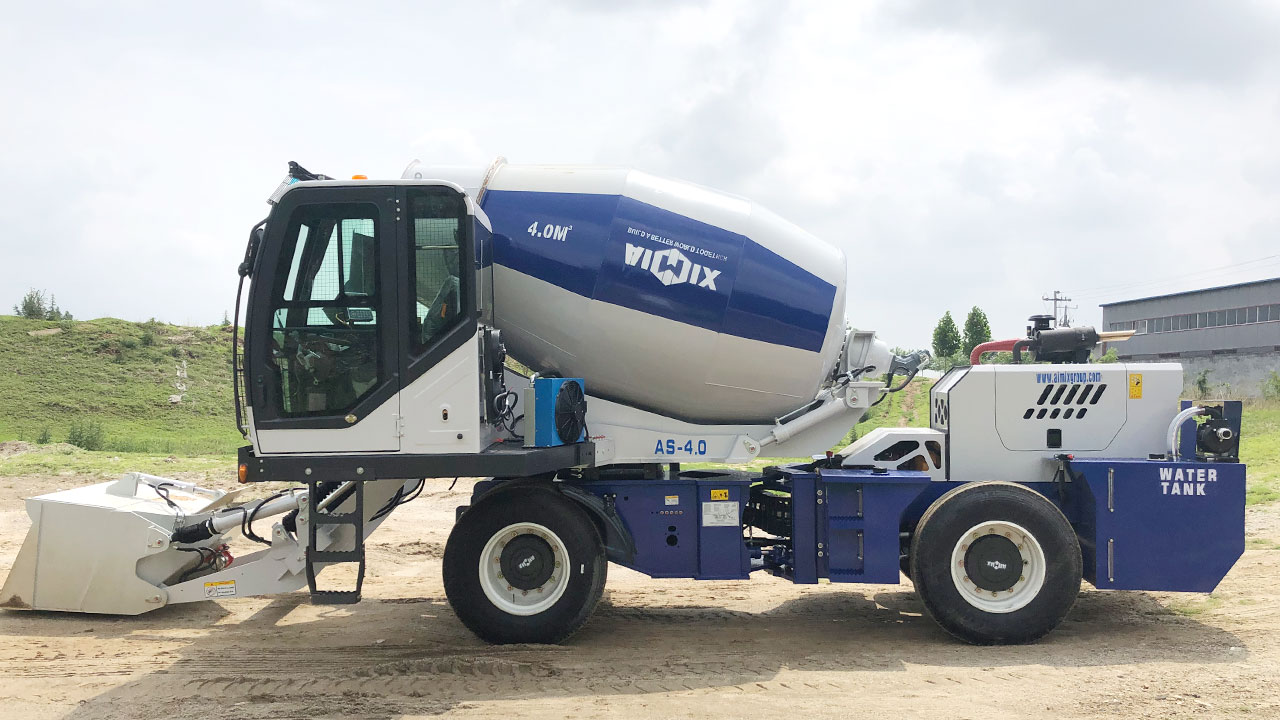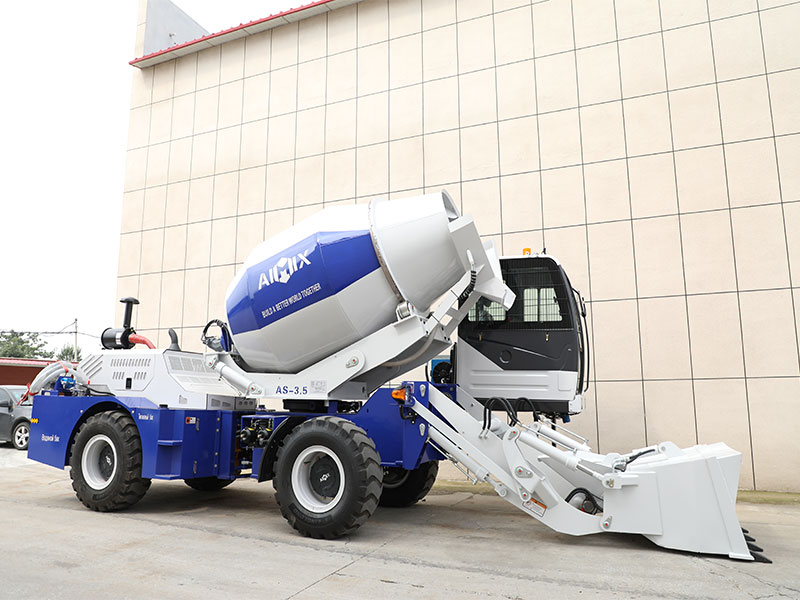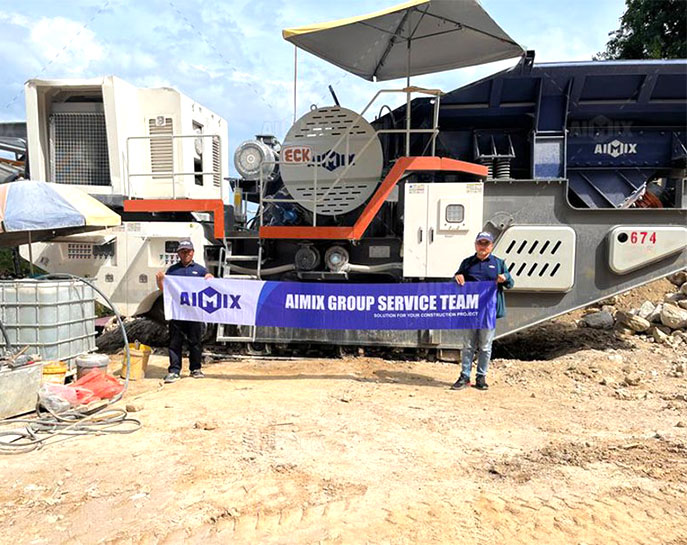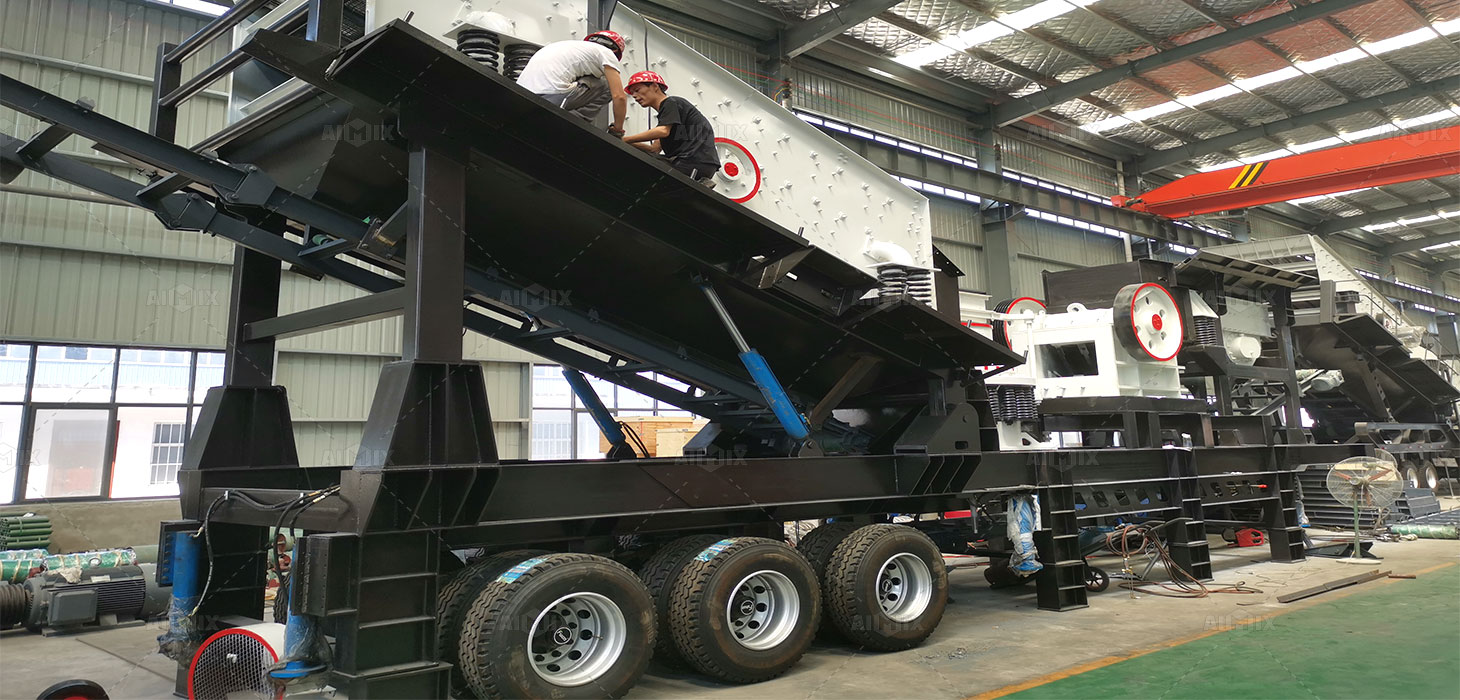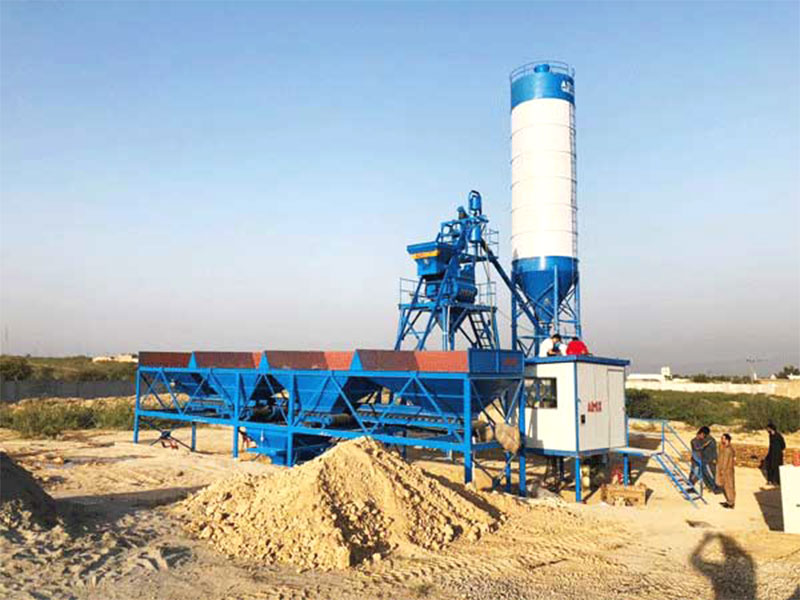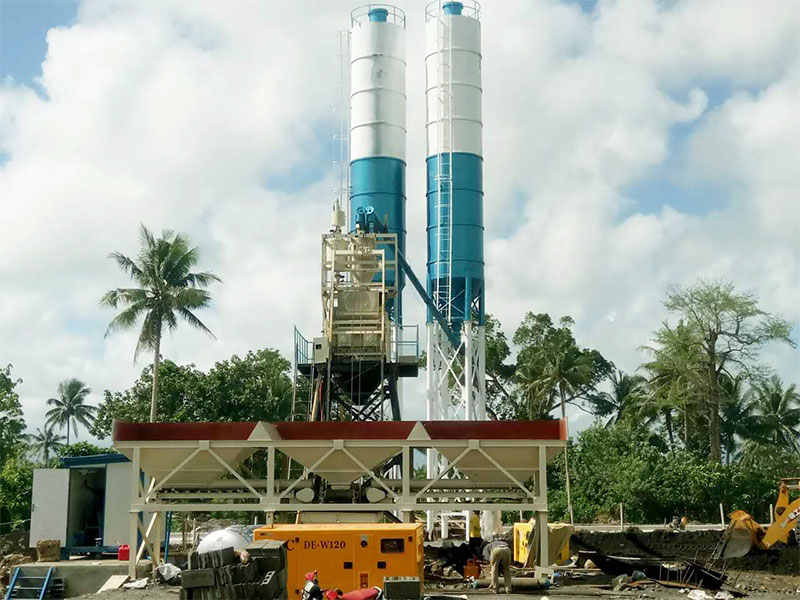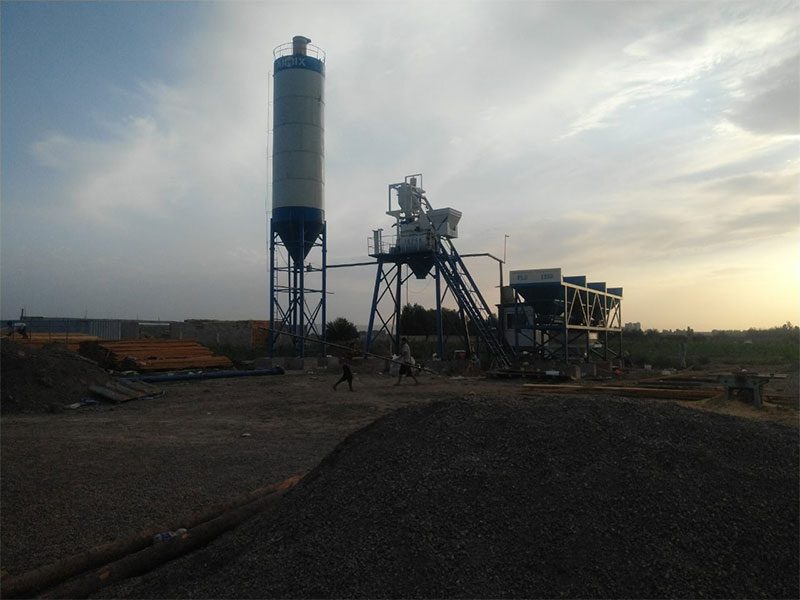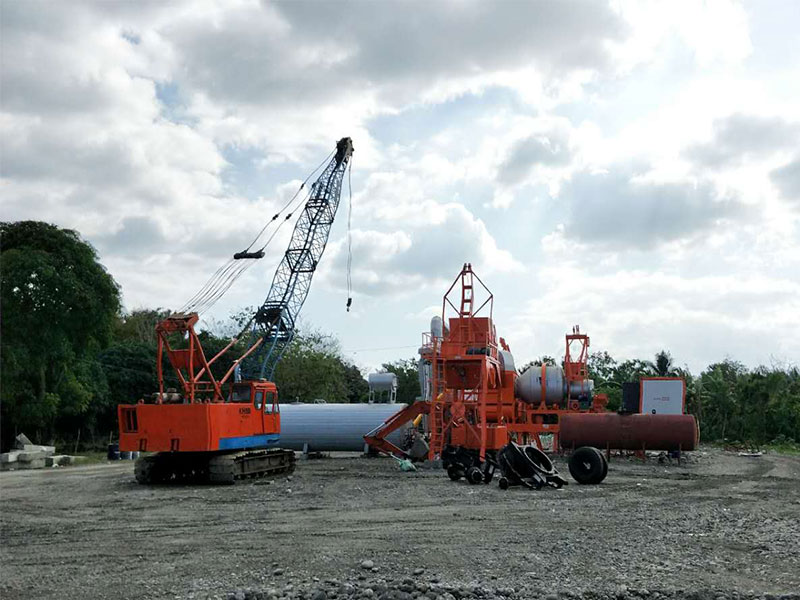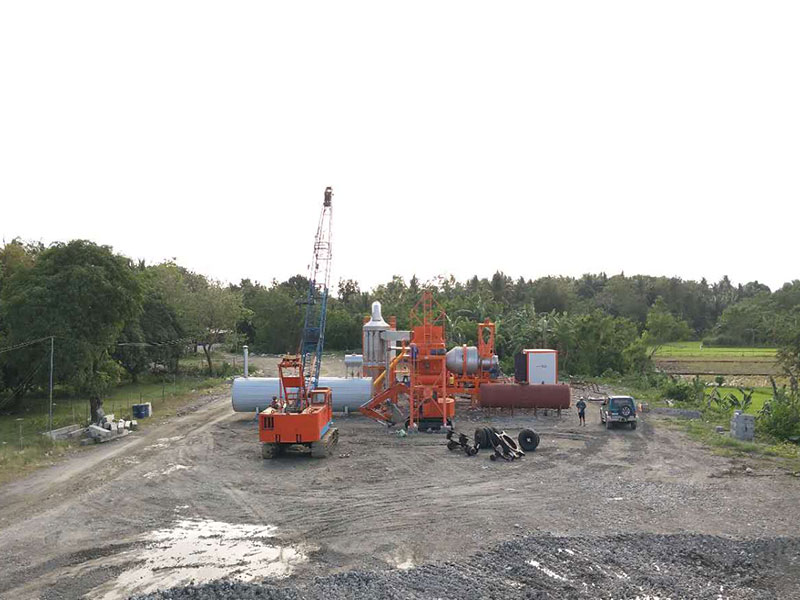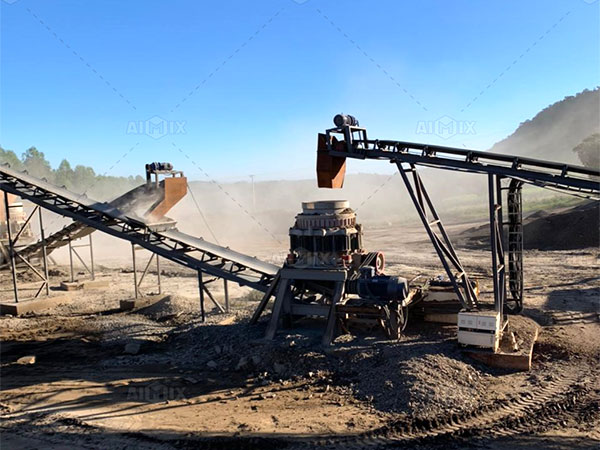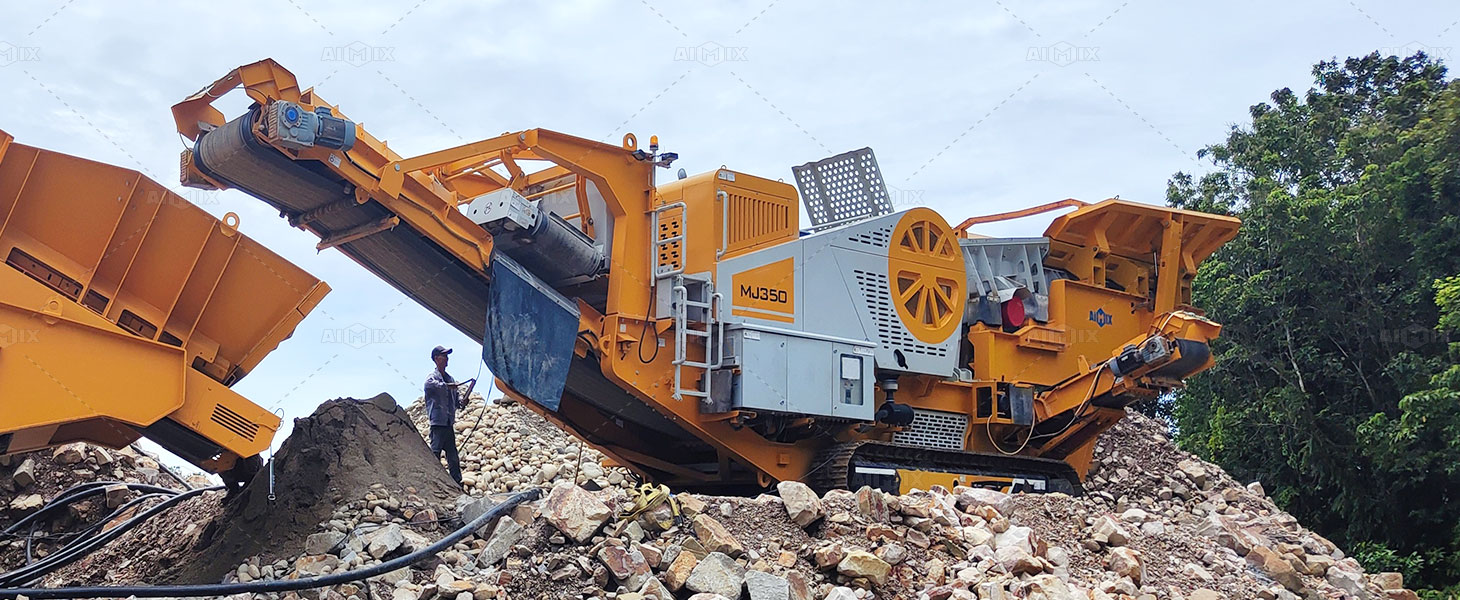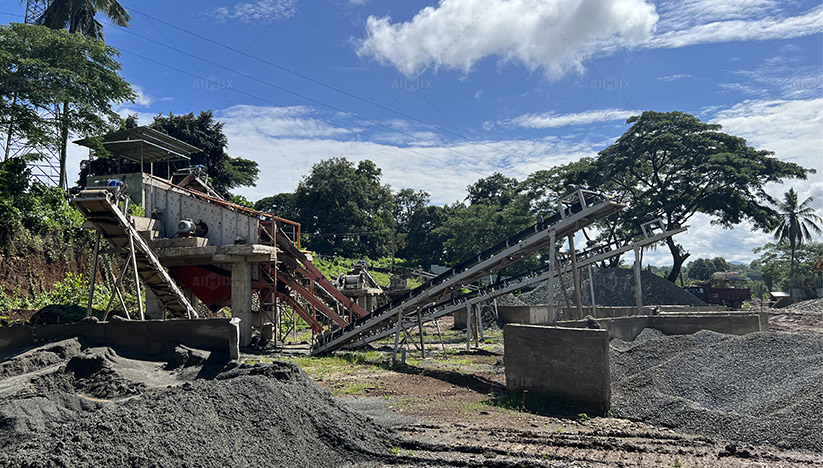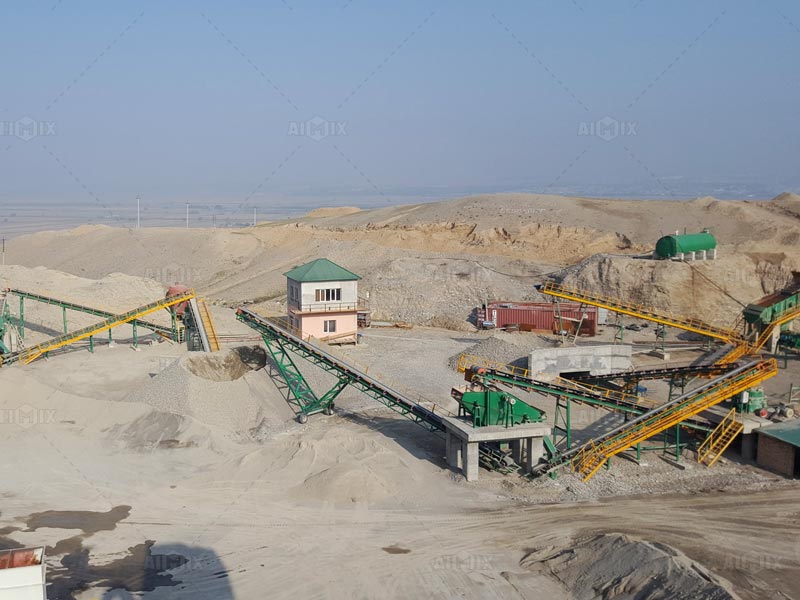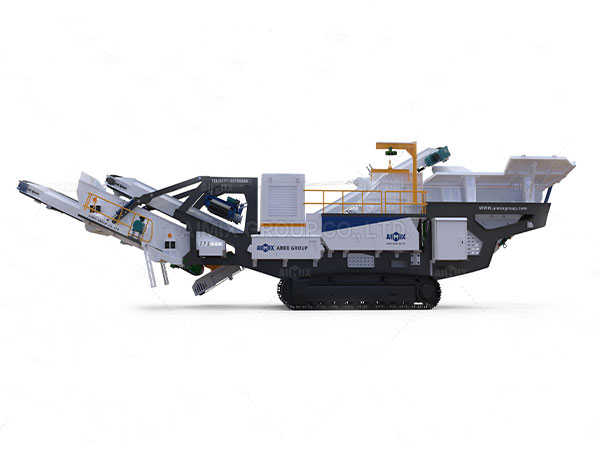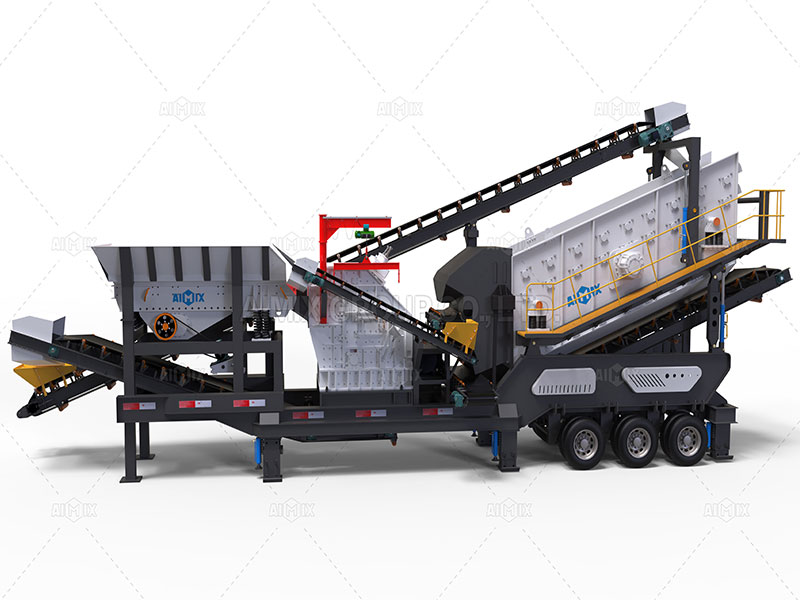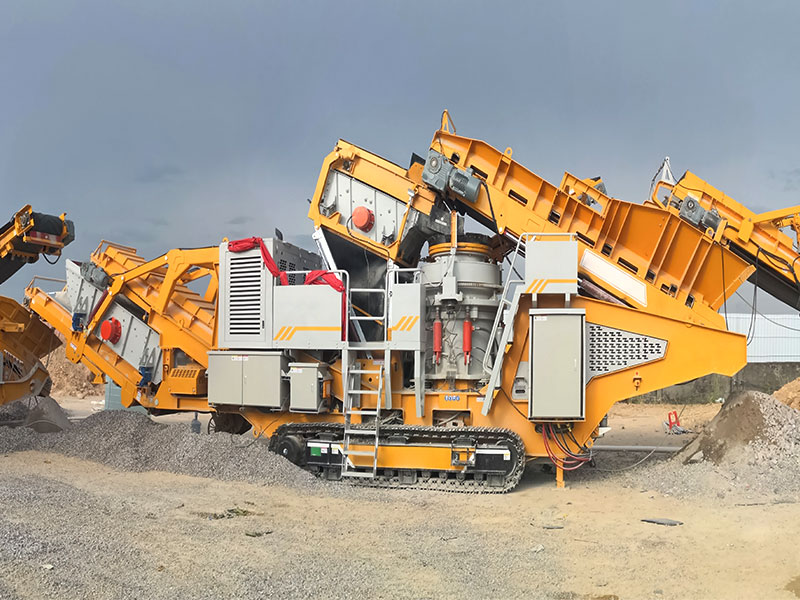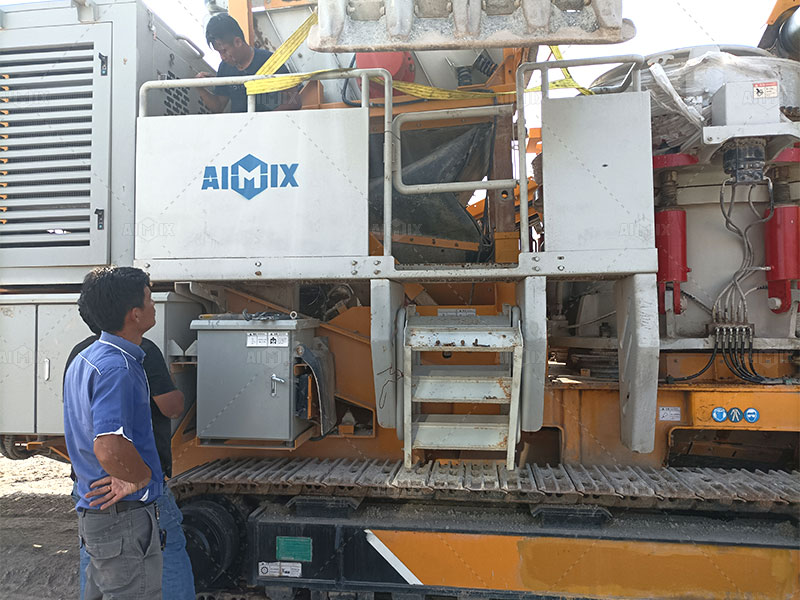In the realm of industrial automation, the integration of advanced technologies has revolutionized various processes, including crushing in mining and construction operations. One notable innovation is the automatic detection and correction function implemented in modern crushing plants. In this article, we explore how this function enhances efficiency, reliability, and safety in crushing operations.
Understanding Automatic Detection and Correction
Automatic detection and correction refer to the ability of crusher plant machines to identify and rectify issues or anomalies during operation without manual intervention. This function relies on sensors, monitoring systems, and intelligent algorithms to detect deviations from normal operating conditions and implement corrective actions in real-time.
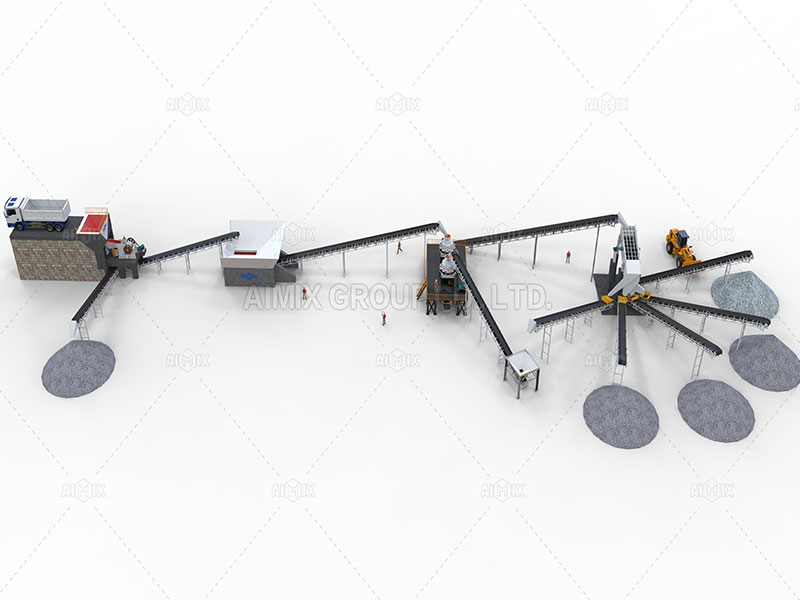
Enhanced Efficiency
One of the primary benefits of automatic detection and correction in crushing plants is enhanced efficiency. By continuously monitoring key parameters such as crusher speed, feed rate, and material flow, the system can identify inefficiencies or bottlenecks and adjust settings accordingly. This optimization maximizes throughput, minimizes downtime, and ensures consistent performance, ultimately improving overall productivity.
Reliability and Predictive Maintenance
Automatic detection and correction also contribute to the reliability of crushing plants by preventing potential failures before they occur. Through predictive maintenance algorithms, the system can analyze data from sensors and identify early warning signs of equipment wear, fatigue, or malfunction. By addressing issues proactively, maintenance can be scheduled strategically, minimizing unplanned downtime and reducing the risk of costly breakdowns.
Safety Enhancement
Safety is paramount in crushing operations, where workers are exposed to heavy machinery and hazardous materials. Automatic detection and correction systems enhance safety by continuously monitoring equipment status and implementing safety protocols in case of emergencies. For example, the system can automatically shut down the crusher in response to abnormal operating conditions or imminent safety hazards, protecting both personnel and equipment.
Real-Time Monitoring and Control
Another key feature of automatic detection and correction in granite crushers for sale is real-time monitoring and control. Operators have access to a centralized control interface that provides live data on equipment performance, status alerts, and diagnostic information. This visibility allows operators to make informed decisions and take corrective actions promptly, ensuring optimal operation and minimizing the risk of costly errors.
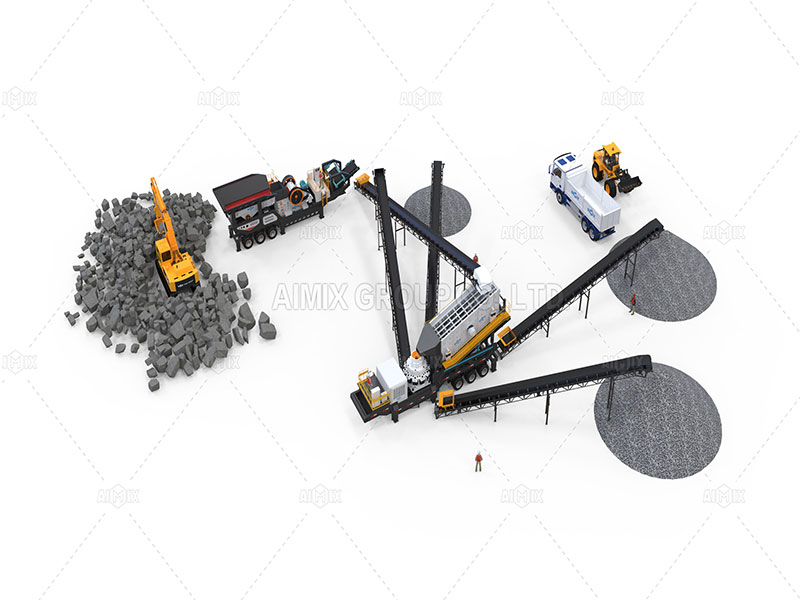
Adaptive Process Optimization
Modern crushing plants with automatic detection and correction capabilities are equipped with adaptive process optimization algorithms. These algorithms continuously analyze data from sensors and adjust operational parameters to optimize performance based on changing conditions such as feed material properties, environmental factors, and production targets. This adaptability ensures that the crushing plant operates at peak efficiency under varying circumstances.
Conclusion
In conclusion, the automatic detection and correction function in crushing plants represent a significant advancement in industrial automation. By leveraging sensors, monitoring systems, and intelligent algorithms, these systems enhance efficiency, reliability, and safety in crushing operations. From optimizing throughput and minimizing downtime to preventing equipment failures and ensuring worker safety, automatic detection and correction play a vital role in maximizing productivity and profitability in the mining and construction industries. As technology continues to evolve, the integration of these advanced functionalities will become increasingly prevalent, driving further improvements in crushing plant performance and efficiency.
